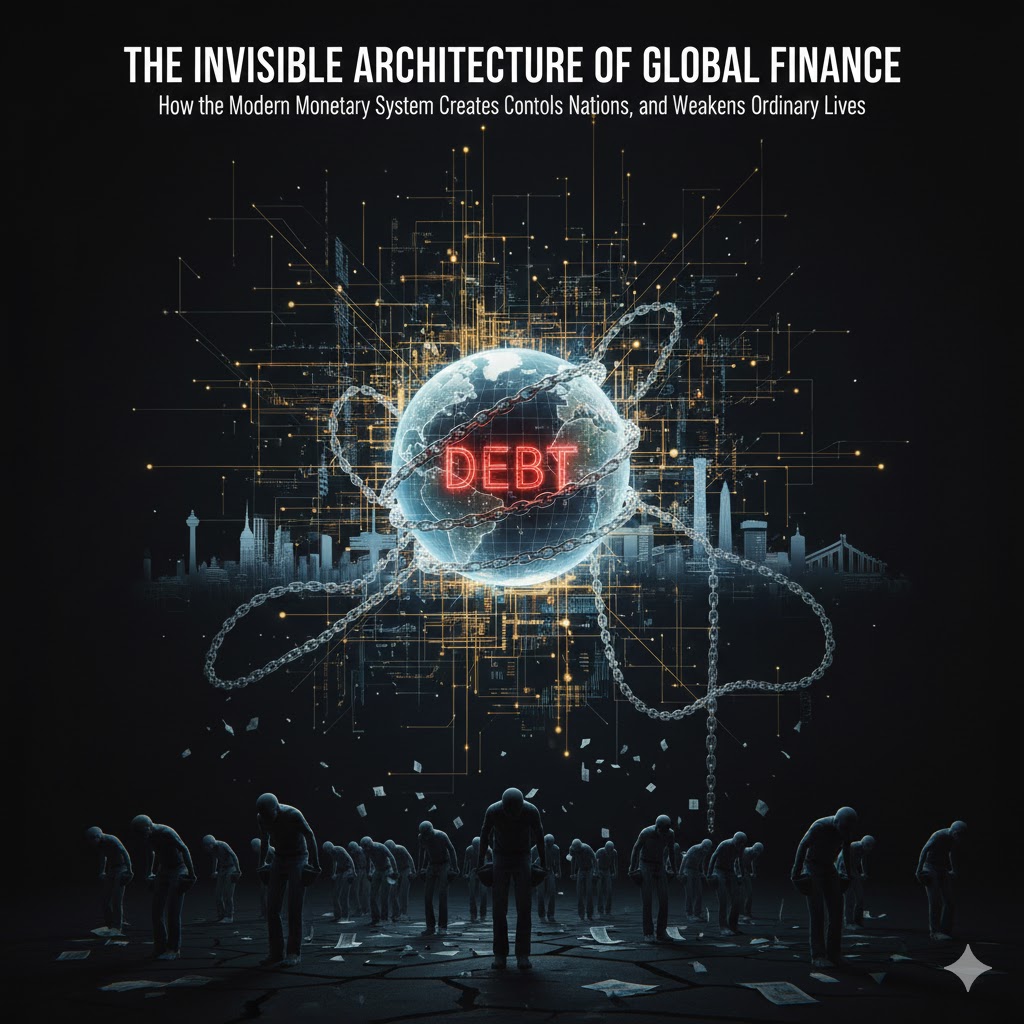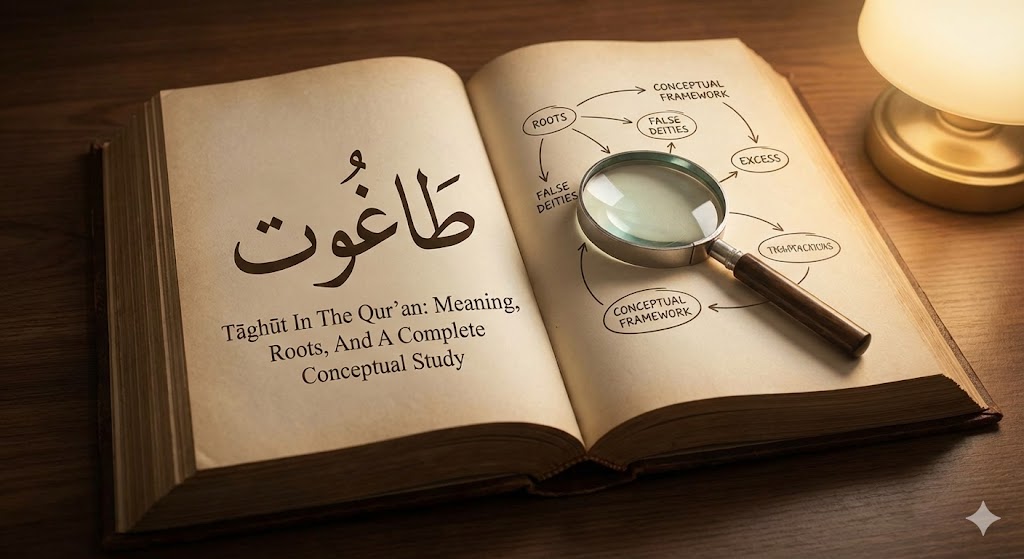Introduction
A century ago, Turkey was undergoing one of the most transformative periods in its long and rich history. The year 1924 marked the consolidation of the Turkish Republic, a fledgling nation born from the ashes of the Ottoman Empire. This era witnessed a series of profound changes in politics, society, culture, and the economy, laying the foundations for modern Turkey. This blog delves into the critical events and reforms that shaped Turkey a hundred years ago.
The Fall of the Ottoman Empire
The Ottoman Empire, once a sprawling entity that controlled much of Southeastern Europe, Western Asia, and North Africa, had been in decline for centuries. By the early 20th century, it was known as the “Sick Man of Europe.” The empire’s participation in World War I on the side of the Central Powers led to its eventual disintegration. The Treaty of Sèvres in 1920 aimed to partition the Ottoman territories among the Allied powers, but it faced strong resistance from Turkish nationalists.
The Turkish War of Independence
Under the leadership of Mustafa Kemal Atatürk, the Turkish National Movement rose against the terms of the Treaty of Sèvres. The Turkish War of Independence (1919-1923) was a series of military campaigns and diplomatic efforts that aimed to secure Turkey’s sovereignty. Following a series of successful battles against occupying forces and local insurgents, the Treaty of Lausanne was signed in 1923, recognizing the boundaries of the modern Turkish state and abolishing the Ottoman sultanate.
The Establishment of the Republic
On October 29, 1923, the Republic of Turkey was formally declared, with Ankara as its capital. Mustafa Kemal Atatürk became its first president. The new republic faced the colossal task of building a nation-state from the remnants of an empire. Atatürk and his supporters embarked on a series of radical reforms to modernize Turkey and sever its ties with the Ottoman past.
Atatürk’s Reforms
- Political Reforms: The establishment of a secular, democratic governance structure was a priority. The Caliphate was abolished in 1924, severing the union between religion and state. A new constitution was adopted, emphasizing secularism and national sovereignty.
- Legal Reforms: The legal system was overhauled, replacing Islamic law with a civil code inspired by European models. The aim was to create a legal framework that promoted equality and justice.
- Educational Reforms: Education was secularized and made compulsory. The Latin alphabet replaced the Arabic script, making literacy and education more accessible to the population. New schools and universities were established to cultivate a modern, educated citizenry.
- Social Reforms: Atatürk’s vision for Turkey included significant social changes. Women were granted the right to vote and run for office in the 1930s, making Turkey one of the pioneers in women’s suffrage. The fez, a symbol of the Ottoman era, was banned, and Western-style clothing was encouraged.
- Economic Reforms: The state played a crucial role in economic development. Industrialization was promoted, and infrastructure projects, such as railways and roads, were initiated to modernize the economy.
Cultural and Identity Transformation
Atatürk’s reforms also aimed to forge a new Turkish identity. The emphasis was on nationalism, secularism, and modernization. The concept of “Turkishness” was promoted, and efforts were made to revive and celebrate Turkish history, language, and culture. The state-controlled media and education systems played vital roles in disseminating these ideals.
Challenges and Legacy
The transformation of Turkey was not without challenges. Resistance from conservative and religious factions, economic difficulties, and the complexities of implementing sweeping reforms in a diverse and traditional society posed significant obstacles. However, Atatürk’s vision and determination helped steer the country through these challenges.
A century later, the legacy of Atatürk’s reforms remains a cornerstone of Turkish society. Modern Turkey, with its unique blend of Eastern and Western influences, its secular governance, and its vibrant cultural heritage, stands as a testament to the profound changes initiated in the early years of the republic.
A Detailed History of Turkey
Ancient Anatolia
Turkey’s history begins in ancient Anatolia, one of the oldest continuously inhabited regions in the world. Anatolia, or Asia Minor, was home to various ancient civilizations such as the Hittites, Phrygians, Urartians, and Lydians. The Hittites established a powerful kingdom in the second millennium BCE, known for its advanced legal systems and early use of iron. Following the Hittites, the region saw the rise and fall of numerous other civilizations, each contributing to the rich tapestry of Anatolian history.
Greek and Roman Periods
Around the 12th century BCE, Greek settlers established colonies along the Aegean coast, introducing Hellenic culture to Anatolia. The most famous of these cities was Troy, immortalized in Homer’s epics. The region later became part of the Persian Empire until Alexander the Great’s conquests in the 4th century BCE spread Hellenistic culture throughout Anatolia.
In 133 BCE, Anatolia was incorporated into the Roman Empire, becoming one of its wealthiest provinces. The Romans built extensive infrastructure, including roads, aqueducts, and cities, many of which remain important urban centers today. During this period, Christianity began to spread across Anatolia, leading to significant religious and cultural transformations.
Byzantine Empire
With the division of the Roman Empire in 395 CE, Anatolia became the heartland of the Eastern Roman Empire, known as the Byzantine Empire. The Byzantine period was marked by the flourishing of Christianity, with Constantinople (modern-day Istanbul) as its capital. The empire was a center of art, culture, and learning during the early medieval period.
The Byzantine Empire faced numerous challenges, including invasions by Persians, Arabs, and later, Seljuk Turks. The Seljuks, who arrived in the 11th century, won the Battle of Manzikert in 1071, paving the way for Turkish domination in Anatolia.
The Rise of the Ottoman Empire
In the late 13th century, a small Turkish principality in northwestern Anatolia, led by Osman I, began to expand. This marked the rise of the Ottoman Empire. Over the next few centuries, the Ottomans conquered vast territories in the Balkans, the Middle East, and North Africa, establishing a vast and multicultural empire.
The capture of Constantinople in 1453 by Sultan Mehmed II was a pivotal moment, marking the end of the Byzantine Empire and the beginning of Istanbul as the Ottoman capital. The Ottomans continued to expand under successive sultans, reaching their zenith in the 16th century under Suleiman the Magnificent. During this period, the empire became a major political, military, and economic power, known for its architectural achievements, such as the construction of the Süleymaniye Mosque and the Topkapi Palace.
Decline and Fall of the Ottoman Empire
The 17th and 18th centuries saw the gradual decline of the Ottoman Empire, driven by military defeats, administrative inefficiencies, and economic challenges. The empire struggled to keep pace with the advancements in Europe, and internal strife further weakened its structure.
The 19th century was a period of intense reform efforts known as the Tanzimat, aimed at modernizing the state and reversing the decline. Despite these efforts, the empire continued to lose territories and influence. The Balkan Wars (1912-1913) and World War I (1914-1918) dealt the final blows to the empire, leading to its disintegration.
The Birth of the Turkish Republic
In the aftermath of World War I, the victorious Allied powers sought to partition the Ottoman territories under the Treaty of Sèvres. This treaty was met with strong opposition from Turkish nationalists led by Mustafa Kemal Atatürk. The Turkish War of Independence (1919-1923) ensued, resulting in the abolition of the sultanate and the establishment of the Republic of Turkey on October 29, 1923.
Atatürk, as the republic’s first president, implemented sweeping reforms to modernize Turkey. These included the adoption of a secular legal system, the Latin alphabet, industrialization, and extensive educational reforms. Atatürk’s policies transformed Turkey into a secular, nationalist, and modern state, breaking with its Ottoman past.
Modern Turkey
Following Atatürk’s death in 1938, Turkey continued to evolve politically, socially, and economically. The multi-party system was introduced in 1946, leading to significant political developments. Turkey joined NATO in 1952, aligning itself with the West during the Cold War.
The latter half of the 20th century and the early 21st century were marked by periods of political instability, military coups, and economic challenges. However, Turkey also experienced substantial economic growth and development, becoming a regional power with significant influence in global affairs.
In recent years, Turkey has faced complex internal and external challenges, including political polarization, conflicts in neighboring regions, and debates over its secular and democratic traditions. Despite these challenges, Turkey remains a pivotal country, bridging Europe and Asia, and playing a crucial role in regional and global dynamics.
Conclusion
The history of Turkey is a rich tapestry woven from the threads of ancient civilizations, imperial grandeur, and modern nation-building. From the Hittites to the Ottomans, and from Atatürk’s republic to contemporary Turkey, the nation’s journey reflects its resilience, adaptability, and enduring significance in world history. As Turkey continues to navigate its path in the 21st century, its historical legacy remains a source of pride and a foundation for its future aspirations.
The history of Turkey a hundred years ago is a tale of transformation, resilience, and visionary leadership. From the dissolution of the Ottoman Empire to the establishment of a modern, secular republic, Turkey’s journey reflects the complexities and triumphs of nation-building. As we look back, we can appreciate the profound impact of the events and reforms of that era on the Turkey we know today.










